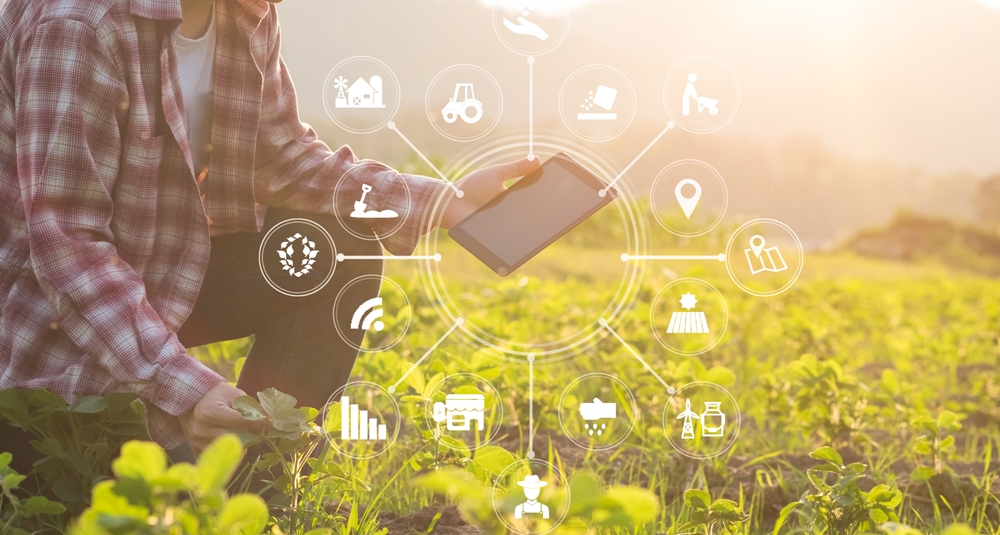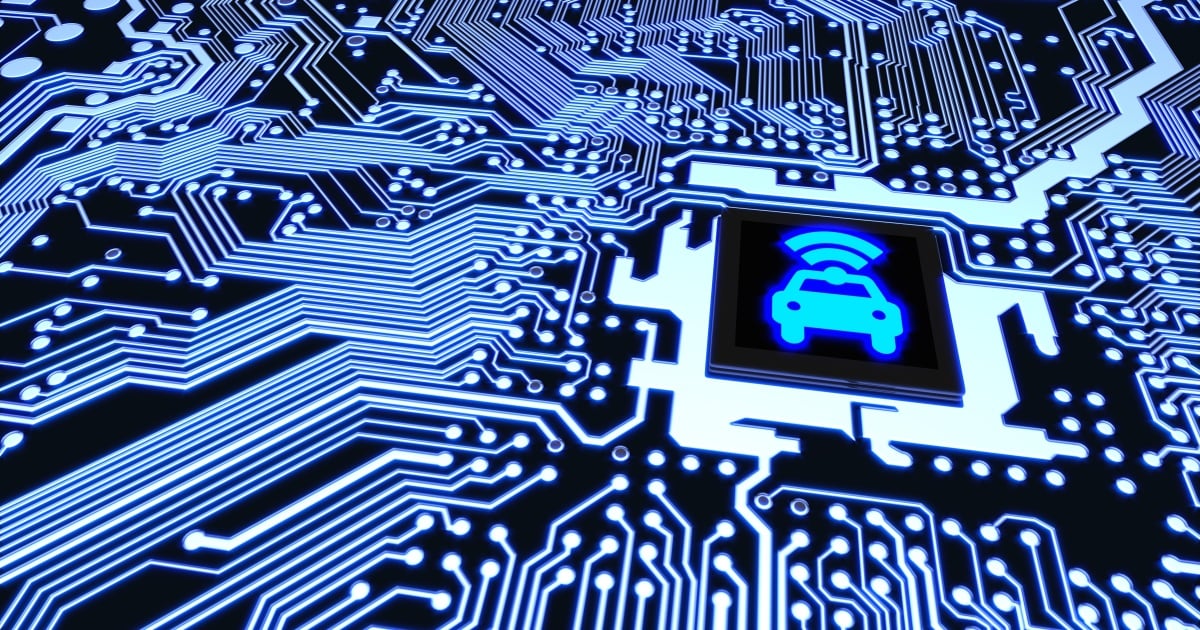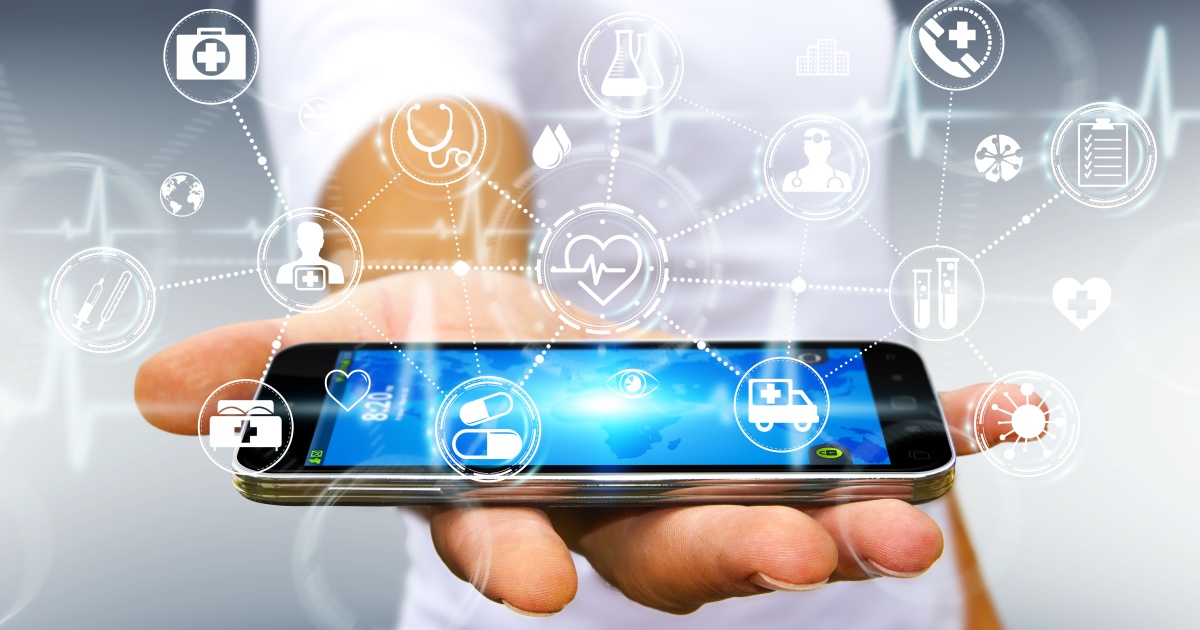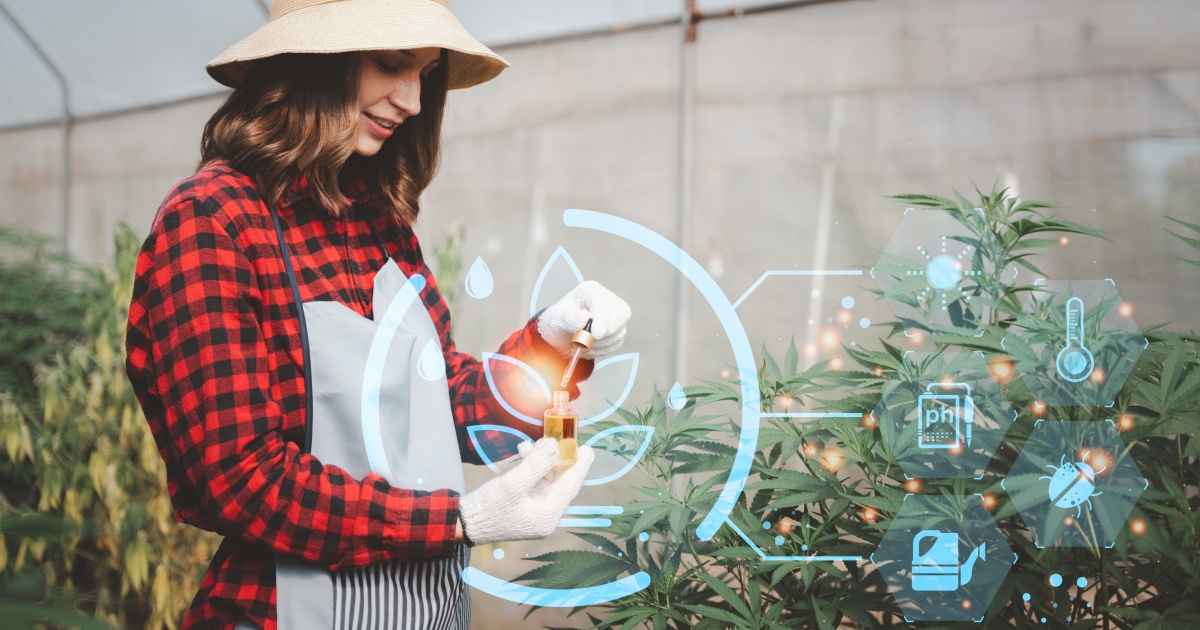
We currently produce enough food to feed 10 billion people, so why were more than 800 million people undernourished in 2017? The simple answer is waste. Despite producing 1.5 times the amount of food required to feed the planet, a staggering amount of that food is wasted or lost. Roughly one third of the four billion tons of food produced globally every year is wasted. There is room for improvement across the whole value chain, from farm to fork, and the Internet of Things (IoT) will play an important role in minimizing this wastage.
If the agriculture industry is going to sustainably maintain pace with ever-changing world demographics then integrating digital technologies into production is going to be key. The IoT has made once-rare technologies accessible, but while the cost of these technologies has decreased, the challenge of integrating them remains a big hurdle. One of the main advantages that IoT has had on industry is the availability and accessibility of closed-loop systems. If implemented correctly, closed-loop systems will play a major role in reducing the roughly 325 million tons of food waste that occurs in agricultural production.
Despite the wide popularization of Digital Transformation and IoT in recent years, a survey conducted by Alpha Brown discovered that only a tiny number of farmers, just 5 percent, admitted to having knowledge of the IoT solutions available to them. This is a worrying figure considering about 25 percent of food waste occurs during agricultural production. Given the constraints facing famers in expanding their factors of production – mainly land, improving efficiency and yield – a more sustainable way of meeting the food needs of an ever-increasing population is needed.
Some exciting applications of IoT in agriculture involve integrating sensors, control systems, and autonomous vehicles into production. The cost of IoT sensors has more than halved in the last 10 years and is still on a downward trend. Sensors can be used for a whole multitude of reasons such as; monitoring weather conditions, soil quality, livestock, or practically any other important factor that influences production. For example, an IoT sensor could monitor weather conditions. That same sensor could be connected to a fleet of moisture sensors dispersed throughout the farm, which is also connected to the sprinkler system. This system could take periodic weather forecast updates, compare that with the current moisture levels of the soil, analyze these two readings and make an informed decision about when, where, and for how long to turn on the sprinkler system.
During production this isn’t the only area of the value chain where efficiencies can be made. There is room for improvement in the supply chain, and advancements in technologies like blockchain from suppliers such as Emerson Electric, Oracle and IBM are helping to drive that improvement.
India is the world’s leading producer of milk, and second-largest producer of fruits and vegetables, yet nearly 20 percent of that abundance is wasted each year. This is because India lacks a comprehensive cold storage supply chain. Emerson offers a comprehensive solution for a fully connected supply chain that utilizes end-to-end data, service, and insights.
IBM has developed IBM Food Trust, which is a blockchain food safety solution. This digital ledger of the supply chain helps improve food safety. For example, the E-Coli outbreak associated with romaine lettuce forced the Centers for Disease Control and Prevention (CDC) to warn consumers against buying all romaine lettuce, since they couldn’t accurately determine the source of the outbreak. With a blockchain ledger of the supply chain, it would have been simple to trace the supply chain of the contaminated lettuce.
There are tremendous challenges -- from the farm to the end consumer -- to supply untainted food and avoid waste. Isn't it worth farmers and grocers taking advantage of the IoT and Digital Transformation to provide people around the world with a healthy supply of perishable food?
Edited by
Ken Briodagh





